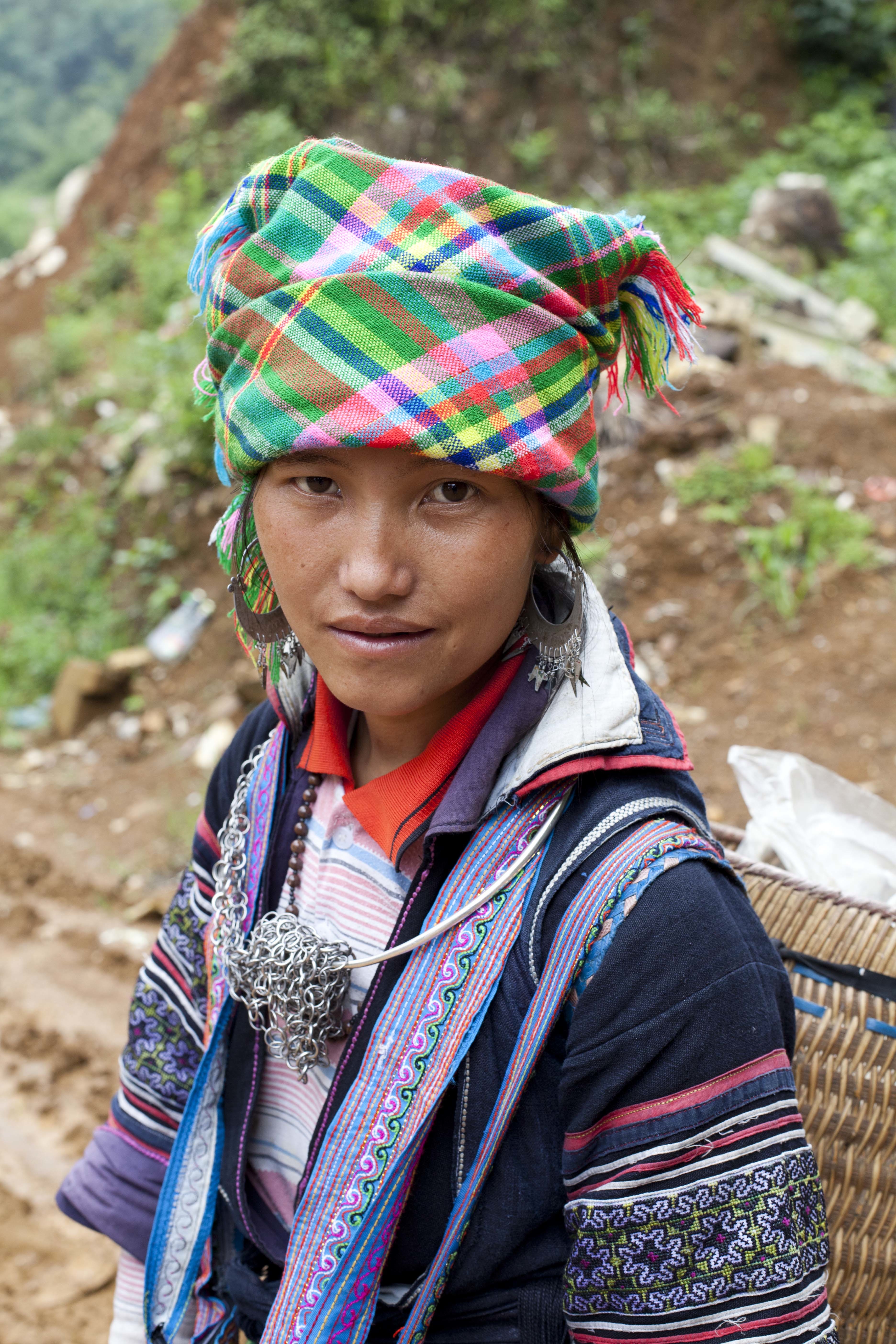October, when the summer crowds are gone and the snow has yet to drop, is my favorite time of year to cruise around the country. This week, I’m going to delve into some of those blessed routes. First up, a fall foliage drive around New England.
Start on the shores of the Atlantic Ocean in historic Portland, Maine. Grab an order of crispy French fries doused in truffle ketchup at Duckfat and then spend the night at Portland’s West End, a quiet residential neighborhood with many grand Victorian houses, including the Pomegranate Inn. The next morning, start your drive on Route 302 North through a web of waterways like large Sebago Lake. Soon you enter New Hampshire and pass the outlet stores in North Conway. In Glen, turn north on Route 16 and a mile later, you’ll go through a covered bridge into another era. The circular green of Jackson, ringed by inns, antique stores, and requisite white steeple, has been thriving as a resort town since the mid-nineteenth century. The allure is its proximity to Mt. Washington, the highest peak in New England. Just six miles up Route 16 is Pinkham Notch, home of the Appalachian Mountain Club and base of Mt. Washington. If you want your fall foliage drive to continue, take the Auto Road all the way to the summit. Or get out of the car and climb to Lowe’s Bald Spot, a 3,000-foot opening on Mt. Washington’s eastern slopes that rewards you with views of Mount Adams, Mount Madison and other presidential peaks.
A right turn in Glen, New Hampshire, on Route 302 and a left turn in Bartlett onto Bear Notch Road begins your ascent the next day into the White Mountain National Forest. Eventually, you’ll reach the 34-mile Kancamagus Highway (Route 112), or “Kanc” as the locals call it, the state’s centerpiece for leaf peeping. Rising 3,000 feet, the Kanc snakes through the thick forest of the Whites. You’ll have plenty of places to stop and picnic, even take a hike as you travel west.
Continue on Route 112 past I-93 and head south on a little known gem of a road, Route 10. The rising and falling route hugs the Connecticut River, hemmed in by farmland on either side. Patches of pumpkins, zucchini, and butternut squash line the route prior to entering the handsome village of Haverhill and its double Commons. Next up is Orford, New Hampshire, listed in the National Register of Historic Places for its seven Federal-style buildings, known as the Orford Ridge houses, constructed between 1773 and 1840. Finally, you reach Hanover and its ivy-covered Georgian-style buildings, otherwise known as Dartmouth University.
Head west on Route 4 to reach Woodstock, Vermont. Home to one of the oldest operating country stores, a premier resort aptly named the Woodstock Inn, and the Marsh-Billings National Historic Park, Woodstock has long been a popular fall foliage destination. South of Woodstock on Route 106 is serious horse farm country where you can saddle up for a ride at places like Kedron Valley Stables. Veer right on Routes 131and 103 to reach Route 100 south. This is one of the finest stretches of country road in America—a bucolic mix of rolling farmland, covered bridges, and freshly painted churches—all in the shadows of the Green Mountains. Unfortunately, it was hammered by Hurricane Irene, so make sure to check with the state of Vermont to ensure there are no delays. You’ll pass some of the better known Vermont ski resorts like Okemo and Mt. Snow before reaching the Massachusetts border. Stretch your legs at Jamaica State Park, where a stroll along the West River leads to a waterfall.
In Massachusetts, take Route 8 south into the industrial town of North Adams, home to Mass MoCA, the largest contemporary art museum in the country. If you can’t get enough color from the foliage, enter these converted warehouses for a splash of Sol Lewitt. For your final day’s drive, skip the Mass Pike and, instead opt for the smaller Route 2 east. This is the start of the scenic Mohawk Trail. Bordering an old Native American hiking trail through the mountains, the Mohawk Trail is a serpentine road that offers stunning lookouts onto the countryside. In Charlemont, the rapids of the Deerfield River come into view. As you get close to Boston, you’ll pass Concord, site of the first battle of the Revolutionary War, now the Minute Man National Historical Park. To return to Portland, simply take I-95 north for two hours to complete the route. This five to six-day drive is the ultimate fall foliage route!
 Guest Blog and Photo by Frances F. Denny
Guest Blog and Photo by Frances F. Denny Guest Blog and Photo by Frances F. Denny
Guest Blog and Photo by Frances F. Denny
We did Sapa tours with Easytours24h in Hanoi and the trekking time to visit Ta Phin Villages was great. Scenery was breathtaking and very peaceful. The local people was friendly, rice fields, streams, valleys on the way was so beautiful.
Wonderful to hear, Nataly. Thanks for sharing!
Great post. The Hmong women speak excellent English and are stone-cold business negotiators.
Thanks for chiming in, Graham.